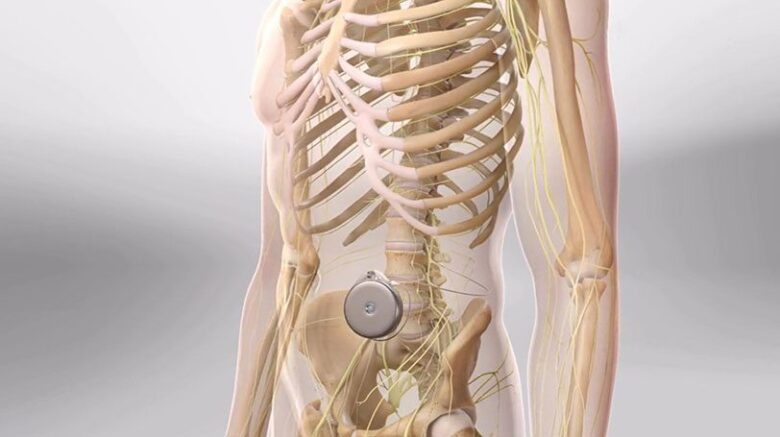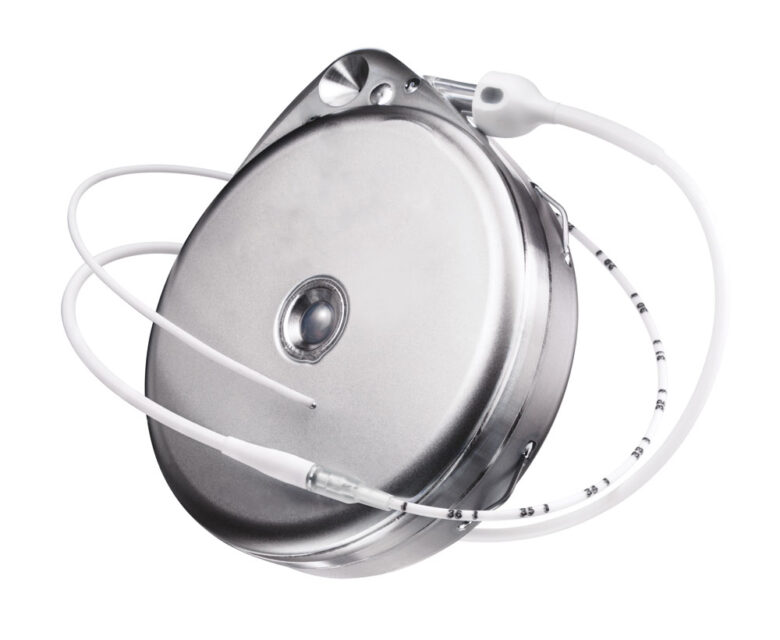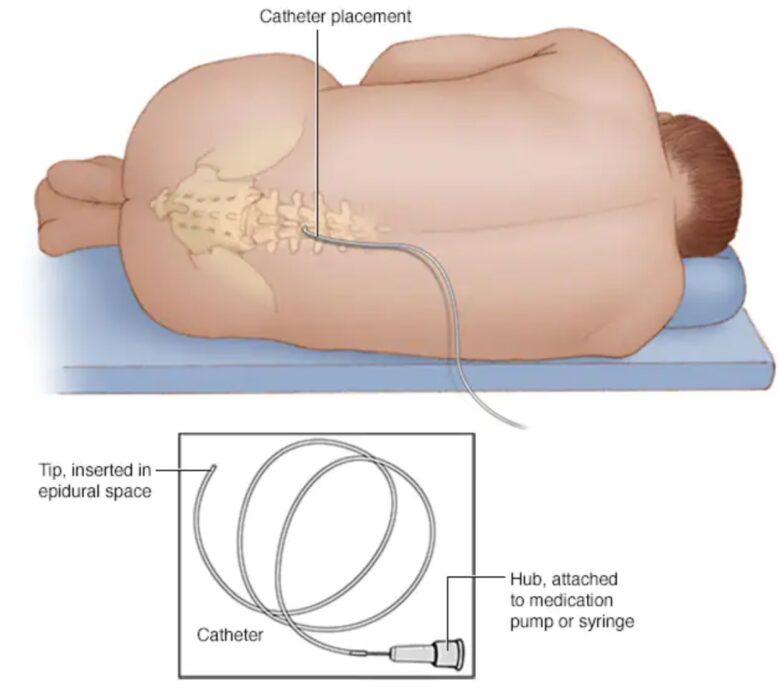Back pain is a common health issue that affects millions of people worldwide. According to the WHO, lower back pain is one of the leading causes of disability globally. This issue is defined as a pain that persists for over three months and can be challenging to manage.
While medication and physical therapy could help, some people may require more intensive treatment. A pain catheter is an option that has shown promising results in managing this problem. In this article, we will analyze more about this type of therapy and how it can be beneficial for patients.
Contents
Main Features
A pain catheter is a medical device that affects the nerves in the spine. It represents a small tube inserted in the spine and delivering medication to the affected area. The catheter is connected to a pump outside the body, delivering a continuous flow of medication.
This therapy can manage chronic conditions like back, neck, and leg pain. They are often used when other forms of treatment have failed to provide adequate results. This pipe can provide long-lasting effects and allow patients to return to normal activities they may have been unable to do due to discomfort.

Source: novusspinecenter.com
How Does It work?
As mentioned, the key feature is that the medicine is directly inserted into the spine. The medication used combines a local anesthetic and drugs. The local anesthetic numbs the nerves in the affected area, while the drugs helps to block pain signals.
To insert a catheter, a doctor will first numb the area where it will be inserted. After that, they will use a needle to create a small hole in the skin and insert the catheter into the epidural space in the spine.
Once the catheter is in place, it will be connected to a pump to deliver medication at a controlled rate. The main benefit is that it can provide long-lasting relief and can be used to manage this chronic condition with a much higher efficiency when compared to other methods.
Main Benefits
One of the main benefits is that it can provide amazing results. Unlike other options, such as medication or physical therapy, these catheters can provide continuous relief for days or weeks. That can allow patients to have a normal life again.
Another benefit is that it can be customized to meet each patient’s individual needs. For example, the medication in the pipe can be adjusted to provide an accurate dosage for each patient, and the catheter can be placed in the exact location where the pain originates.
Moreover, this method is minimally invasive and do not require major surgery. That means that the recovery time is shorter than other forms of pain management, and there is less risk of complications. Keep in mind that the body can react on some drugs in a way where they will become less efficient over time. Also, there is a risk of addiction as well.

Source: azneuromod.com
Two Main Types
There are two main types of pipes that are used for chronic back pain, percutaneous and surgical. The percutaneous model is inserted through the skin, while the surgical one requires a small incision to be made in the skin. Percutaneous pipes are often used for short-term pain relief and can be inserted on an outpatient basis. They are also less invasive and have a lower risk of complications than surgical catheters.
On the other hand, surgical catheters are typically used for long-term effects and require a more invasive procedure. They are often used when other forms of pain management have failed to provide adequate pain relief. The selection will depend on the individual needs of each patient and how serious the condition is.
The Procedure
The approach and process may vary depending on the catheter used. As we already mentioned, the process will involve using drugs that will numb the body and inserting a small hole under the skin where the pipe will come.
It can be done with local anesthesia for percutaneous catheters, and patients can return home the same day. However, the procedure is more invasive for surgical catheters. In most cases, the patient must stay in the hospital for several days.

Source: mayoclinic.org
Potential Risks
While this method is safe, patients should be aware of potential side effects. These include infection, bleeding, nerve damage, and allergic reactions to the medication. Other side effects of pain catheters may include headaches, dizziness, and nausea. These side effects are typically mild and can be managed with medication.
It is important for patients to discuss the potential risks and side effects with their doctor before experiencing the process. They should also be sure to follow all instructions to reduce the risk of complications. The key is to choose an expert in this area with a lot of experience and many satisfied patients.
Aftercare and Maintenance
After the procedure is done, patients will need to follow certain instructions to ensure proper healing and functionality. That may include avoiding certain activities for a period of time and taking medication to manage pain or prevent infection.
There is also a need for regular maintenance appointments to ensure that the pipe functions properly and that the medication provides the desired effects. That may include adjusting the medication dosage or replacing the pipe if needed. It is crucial for people to share any worries or issues with their doctor to make sure that the catheter is providing the right results.

Source: p1h.it
Last Words
As you can see, this procedure has many benefits for the spine. Chronic back pain is a serious issue, and the number of affected people is rising. Some of the main factors causing the problem are the lack of physical activity and a style of life where people are spending too much time sitting in chairs, whether in the office or at home. Different types of exercises could help.
However, there are more serious cases that will require proper medication. Moreover, typical drugs may help for a limited time, but the pain will eventually get back. On the other side, the key feature of the catheter is that it will provide continual relief and convenience since you won’t have to worry about taking medicine on time every day.
